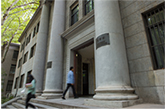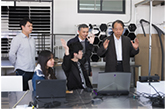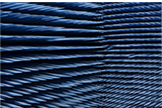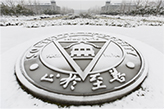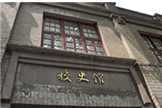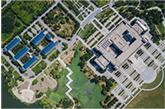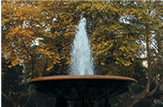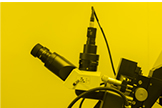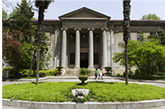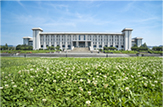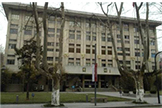[Southeast University News Network, May 15] (Correspondent: Gong Feng)A few days ago, the clean energy team led by Professor Xiao Rui from the School of Energy and Environment of Southeast University utilized waste biomass straws to purify water and generate electricity efficiently in the air, and has thus utilized waste biomass in a brand-new and efficient manner. The simple pretreatment of waste cornstalks can recycle pure water from the air under a full humidity environment and generate DC voltage continuously that can further drive electronic devices such as electronic calculators. This has provided a new research direction to interdisciplinary subjects such as biomass utilization and micro-energy recycling (Fig. 1). Relevant achievements were published in Nano Energy, a top journal in the field of micro-energy with the title of “Agricultural Waste-derived Moisture-absorber for All-weather Atmospheric Water Collection and Electricity Generation”, which was uniformly acclaimed by the reviewers. Southeast University is the first author and the first communication institute, Professor Xiao Rui is the corresponding author, young teacher Gong Feng and undergraduate student Li Hao are the co-first authors of this paper.
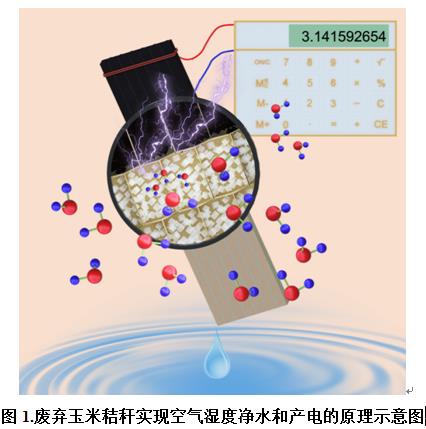
Fig. 1: Schematic Diagram of Water Purification and Electricity Generation from Air Humidity by WasteCornstalks
With the development of human society and rapid population growth, the energy crisis and the shortage of drinking water have become common challenges confronted by mankind. The atmosphere contains a large amount of water vapor at all times (~ 1021 liters of water equivalent). If such water vapor can be recycled from the air to produce pure water, it is expected to solve the shortage of drinking water in water-deficient areas. In view of this, the clean energy team started from waste biomass materials innovatively by using the inherent characteristics of abundant pores and large specific surface area in waste straws, thusdeveloped a kind of high-performance material that can generate water from air effectively in a full-humidity environment. In the range of 20% -80% wide humidity and 5-65 ℃ wide temperature, the waste straws can achieve a water generation rate of 0.5-2.0 kg.kg-1, which has verified the water-production performance of biomass straws in different external environments (ranging from cold zone to tropical zone, from desert to tropical rainforest, etc.). Besides, the ingenious design of the condensing device has achieved high-efficiency all-weather water generation by water absorption at night and water generation at daytime (as shown in Fig. 2).
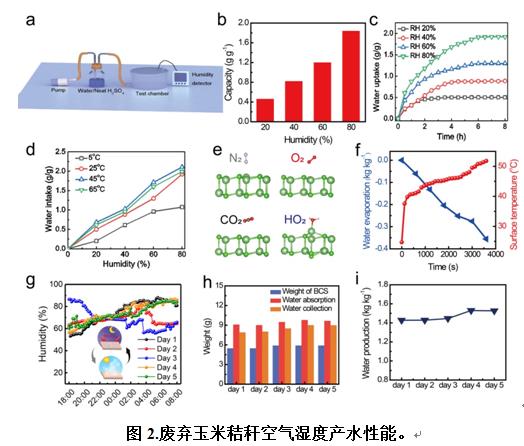
Fig. 2: Water Generation Performance of Waste Cornstalksvs Air Humidity
In addition, the clean energy team used cheap commercial inks ingeniously to control the surface properties of the waste straws, thereby generating electricity up to 600mV in a continuous manner while the waste straws were absorbing air humidity; besides, the team designed and prepared an integrated device for water purification and electricity generation. The electrical energy as generated by the device in the course of water purification can drive electronic calculators and other electronic equipment, which has verified the potential application of such device as a micro-energy generator, as shown in Fig. 3.
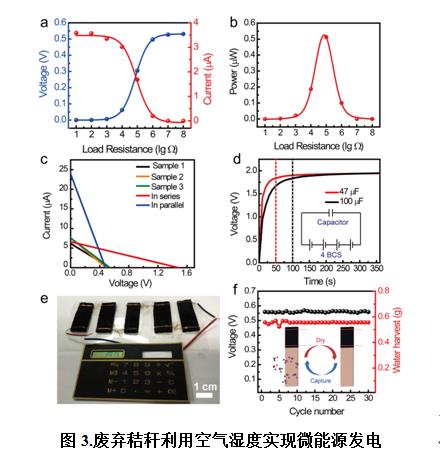
Fig. 3: Micro-energy Generation through Utilization of Air Humidity by Waste Straws
This research has provided a new direction for high-value utilization of solid wastes and micro-energy recycling. It is expected to provide a reliable power supply system for the low-power consumption devices involved in IoT, and also expected to solve the problem of reliable power supply in geographically remote areas and extreme environments. This research is supported by “the Ministry of Science and Technology’s Key R&D Program” and SEU’s “Perfect Scholars Program”. In recent years, Professor Xiao Rui and Teacher Gong Feng have guided undergraduates to achieve a series of research results, and related research results have been published in Nano Energy (2 papers), Journal of Materials Chemistry A, Chemical Engineering Journal and other internationally renowned academic journals.
Paper’s link: https://www.sciencedirect.com/science/article/pii/S2211285520304791
Submitted by: the School of Energy and Environment
(Editor-in-charge: Li Zhen, reviewed by: Song Xiaoyan)


